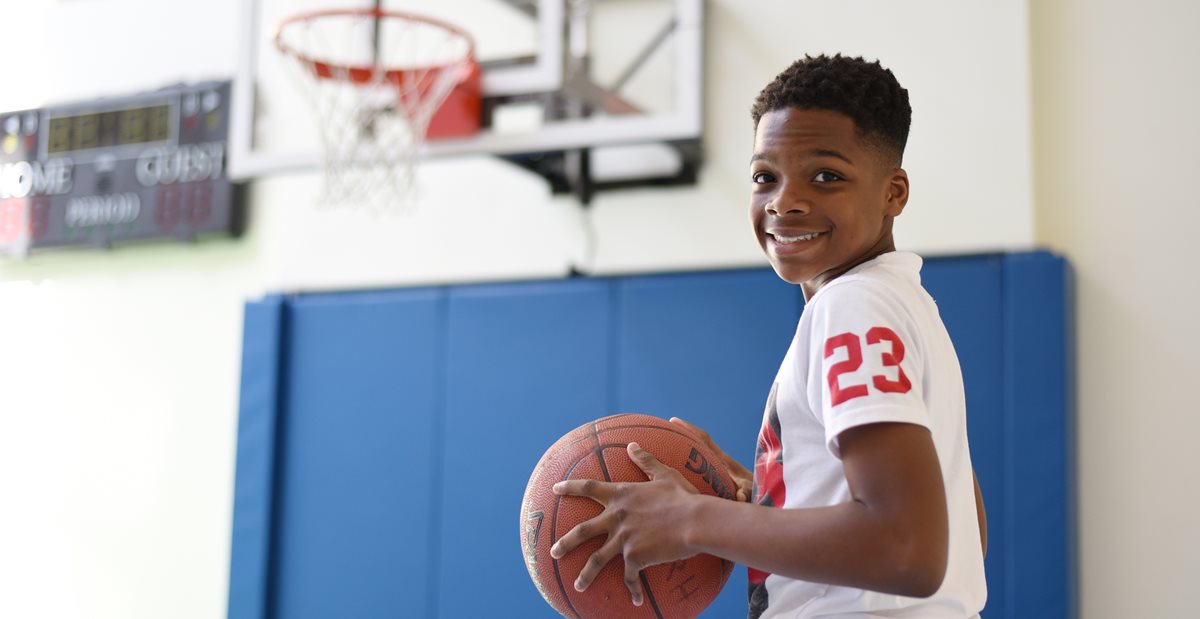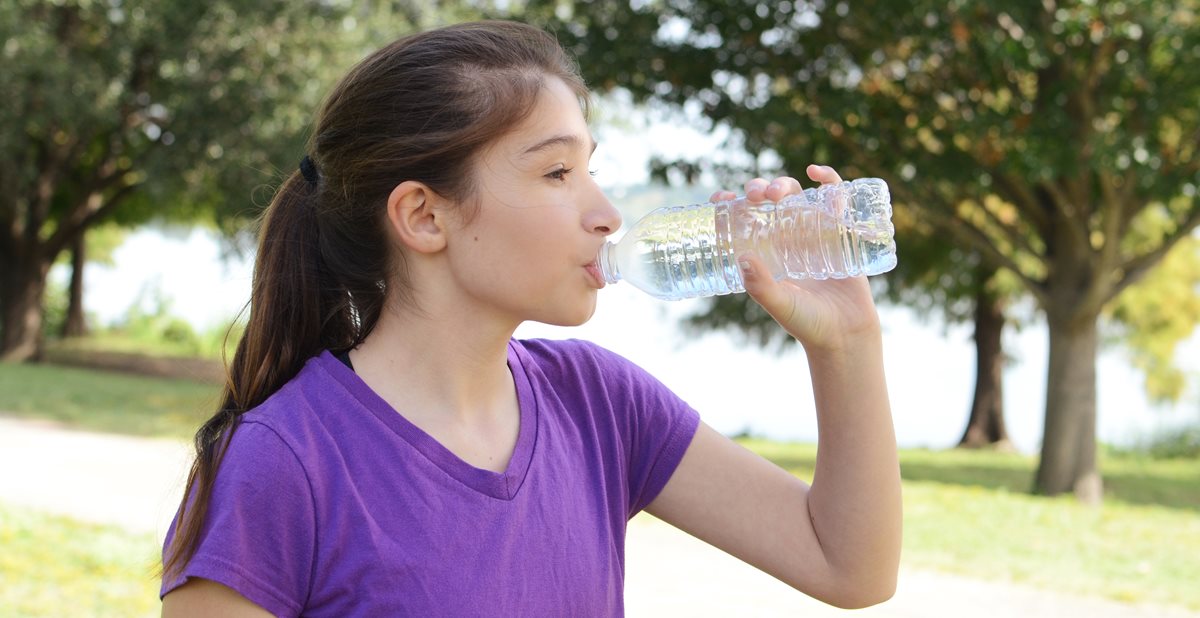The to-do lists for coaches and sports administrators preparing for sports seasons are long. It’s time to meet new players, evaluate the condition and skills of each player, inform the parents of rules and schedules and get the playbook finalized. What may get...



